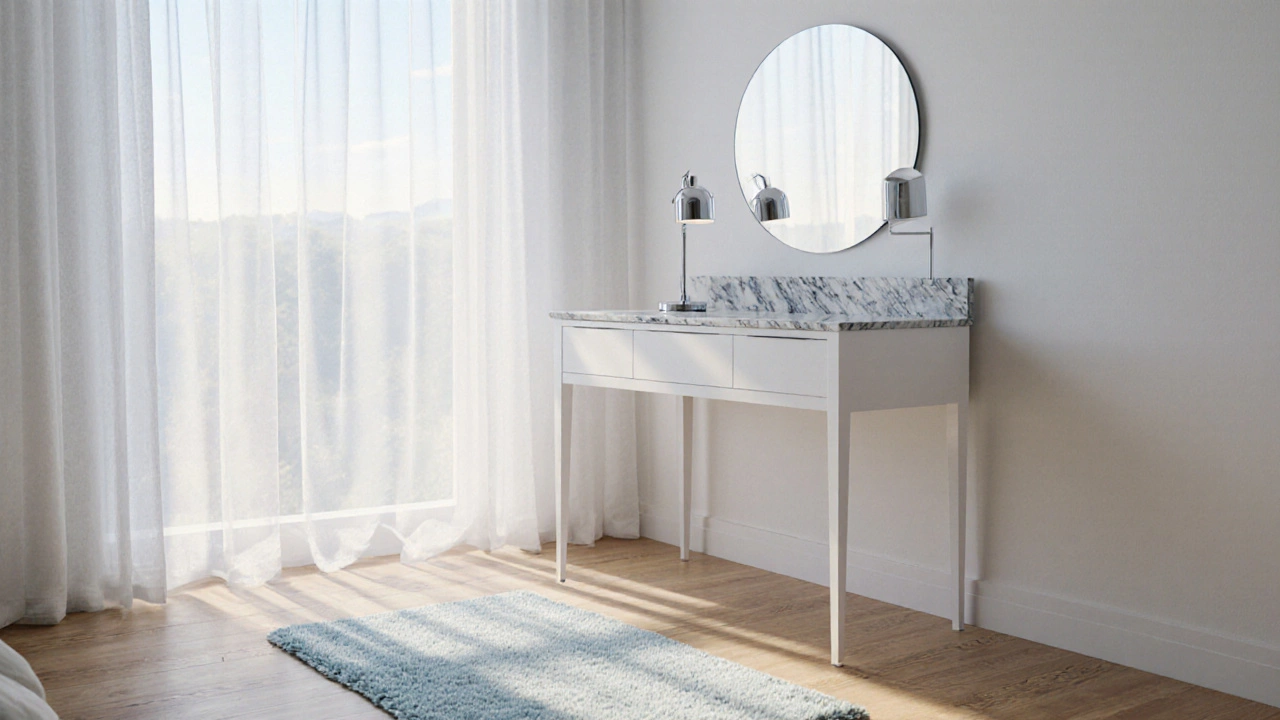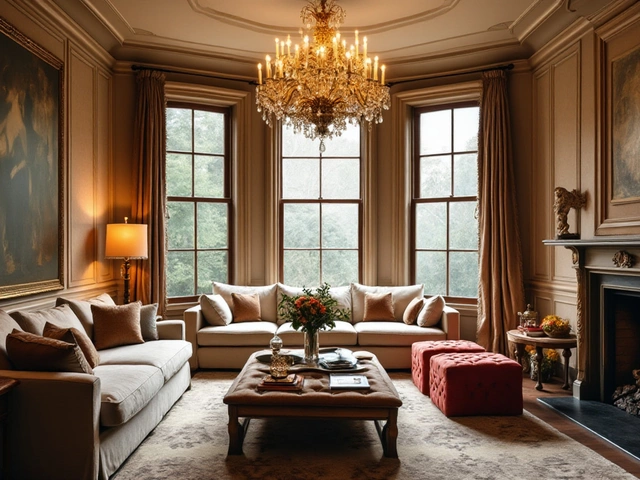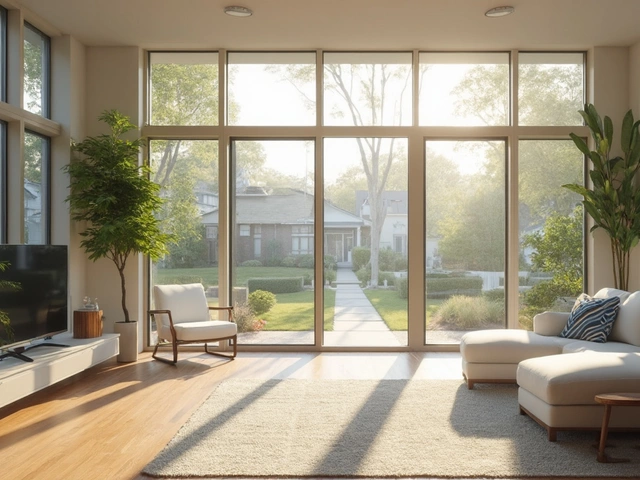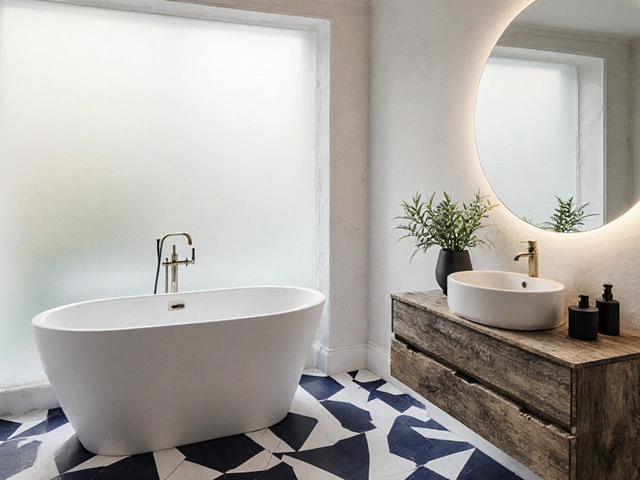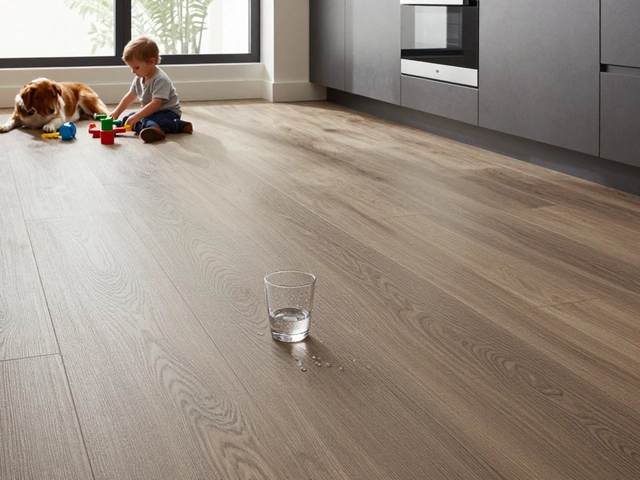Natural Light: Boost Your Home’s Brightness and Mood
When working with natural light, the sunlight that streams through windows and skylights into a space. Also known as daylight, it shapes how rooms feel, how colors appear, and even how productive we are. In everyday homes, natural light interacts with window design, the size, type, and placement of openings that let sunlight in and the curtain hanging height, the point where window dressings are mounted, which can either block or frame daylight. Understanding these relationships helps you turn a dim kitchen into a sunny gathering spot or a cramped bathroom into a fresh retreat.
Why Natural Light Matters in Every Room
First, natural light boosts mood. Studies from Australian design labs show that rooms with ample daylight see a 15% rise in occupants' reported happiness. Second, daylight saves energy. By relying on sunlight instead of electric bulbs during the day, households can cut lighting bills by up to 30%. Third, natural light showcases interior details – the texture of a wooden floor, the hue of a paint shade, or the pattern on a tile – in ways artificial lighting can’t replicate.
But the magic only happens when you pair daylight with smart interior lighting, artificial fixtures that complement or fill gaps in natural illumination. For instance, a well‑placed pendant over a kitchen island works hand‑in‑hand with a south‑facing window, creating balanced light for cooking and conversation. In a living room, dimmable floor lamps let you keep a warm glow after sunset without fighting the daylight that filtered in earlier.
Window size, orientation, and the surrounding landscape are also key. A floor‑to‑ceiling glass wall on a north‑facing side will bring soft, diffused light ideal for a home office, while east‑facing windows flood a breakfast nook with gentle morning rays. Meanwhile, adding reflective surfaces like a light‑colored backsplash or a glossy floor can bounce daylight deeper into the room, extending its reach.
Don’t forget the role of window treatments. Hanging curtains too low can cut off the top third of a window, throwing away valuable light. Raising the rod a few inches, as our suggests, lets you keep the window’s full height exposed, maximizing daylight while still offering privacy. Sheer fabrics diffuse light, creating a soft glow, whereas blackout curtains are best for bedrooms where you need complete darkness for sleep.
Shutters are another stylish option. Modern shutters, especially those with wider slats, can be angled to direct sunlight deeper into a room or to block harsh glare on a hot summer afternoon. Their solid panels also provide insulation, helping maintain a comfortable temperature when the sun’s out or the night is cool.
Overall, mastering natural light is about balancing three forces: the architecture of your windows, the positioning of curtains or shutters, and the support of interior lighting. When these elements work together, you’ll notice brighter colors, a cozier atmosphere, and lower energy costs.
Below you’ll find a hand‑picked collection of articles that dive deeper into each of these topics. From practical guides on curtain hanging height to tips on choosing the right window style for maximum daylight, the posts give you actionable steps to bring more natural light into every corner of your home.

